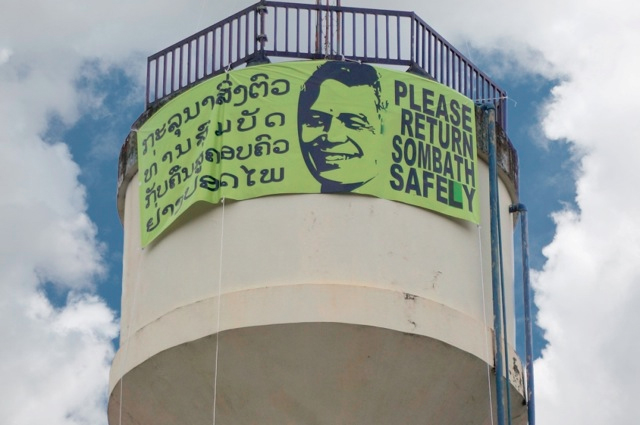[et_pb_section bb_built=”1″ _builder_version=”3.0.67″][et_pb_row use_custom_gutter=”on” gutter_width=”2″ background_position_1=”top_left” background_position_2=”top_left” background_repeat_1=”no-repeat” background_repeat_2=”no-repeat” _builder_version=”3.0.67″][et_pb_column type=”1_3″][et_pb_text _builder_version=”3.0.76″ text_font_size=”20″ header_font_size=”75px” background_layout=”light” text_orientation=”left” border_style=”solid” module_alignment=”left”]
138
out of
188
Laos’ ranking in the United Nation’s Development Programme’s 2015 “Human Development Index”
[/et_pb_text][et_pb_text _builder_version=”3.0.76″ custom_padding=”20px|||” background_layout=”light” text_orientation=”left” border_style=”solid” module_alignment=”left”]
Note: This is another in a series of posts on “Laos by the numbers.”
Feedback and suggestions are welcome.
[/et_pb_text][/et_pb_column][et_pb_column type=”2_3″][et_pb_text _builder_version=”3.0.76″ background_layout=”light” text_orientation=”left” border_style=”solid” module_alignment=”left”]
 Based on the belief that development should be measured in more than economic terms, the Human Development Index (HDI) includes the dimensions of health (life expectancy), knowledge (formal education) and standard of living (GNI per capita).
Based on the belief that development should be measured in more than economic terms, the Human Development Index (HDI) includes the dimensions of health (life expectancy), knowledge (formal education) and standard of living (GNI per capita).
Since this index was first compiled in 1990, the Lao PDR has risen slowly from 0.397 to the 2015 value of 0.586, which places it in the category of Medium Development (other categories are Very High, High, and Low).
Laos ranks 138th among the 188 countries on the list. In Southeast Asia, Papua New Guinea ranks lower at 154th (0.516), Myanmar at 145th (0.556) and Cambodia at 143rd (0.563). Moving up the list is Timor Leste at 133rd (0.605), the Philippines at 116th (0662), Vietnam at 115th (0.683), Indonesia at 113th (0.689). Thailand at 87th (0.740), Malaysia at 59th (0.789), Brunei at 30th (0.865), and Singapore at 5th (0.925).
However, when inequality is considered, Lao’s index falls to 0.427, making it 106th out of 151 countries on the Inequality-adjusted Human Development Index (IHDI). In Southeast Asia, only Timor Leste is lower at 108th (0.416).
A more complete report on Laos and the HDI can be found on the UNDP website.
[/et_pb_text][et_pb_comments _builder_version=”3.0.67″ show_avatar=”off” show_reply=”on” show_count=”on” background_layout=”light” border_style=”solid” custom_button=”off” button_letter_spacing=”0″ button_icon_placement=”right” button_letter_spacing_hover=”0″ /][/et_pb_column][/et_pb_row][/et_pb_section]







 Will other civil society leaders emerge who are able to see beyond the implementation of projects to a wider vision and analysis?
Will other civil society leaders emerge who are able to see beyond the implementation of projects to a wider vision and analysis?





 Now, nearly four years later, Sombath is still missing. His abduction has been acknowledged world-wide as an “Enforced Disappearance”, and his case remains open at the UN Working Group for Enforced Disappearances, as well as at the UN Universal Periodic Review. To all the questions and calls for accountability of Sombath’s abduction, the Lao Government has stubbornly maintained the position that the state is not involved, and the police are still investigating.
Now, nearly four years later, Sombath is still missing. His abduction has been acknowledged world-wide as an “Enforced Disappearance”, and his case remains open at the UN Working Group for Enforced Disappearances, as well as at the UN Universal Periodic Review. To all the questions and calls for accountability of Sombath’s abduction, the Lao Government has stubbornly maintained the position that the state is not involved, and the police are still investigating. 
 Sombath continues to be an inspiration to many in Laos and beyond. Those who struggle for justice, for sustainable development, for respect of fundamental rights deserve better than silence.
Sombath continues to be an inspiration to many in Laos and beyond. Those who struggle for justice, for sustainable development, for respect of fundamental rights deserve better than silence.